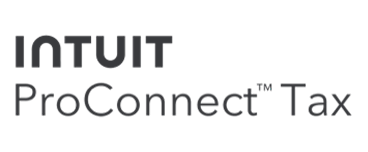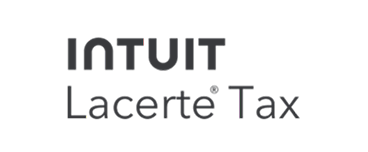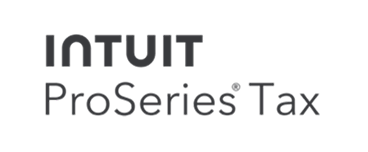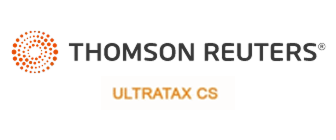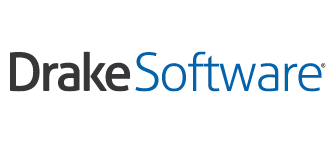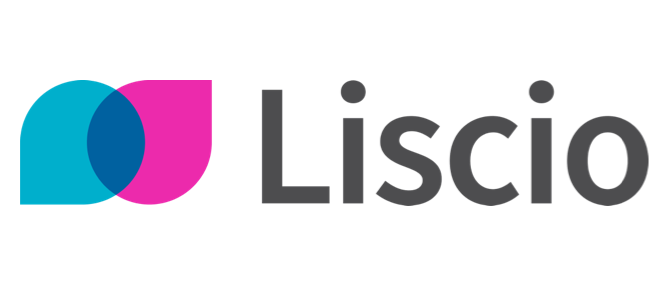
Taking Care of Business: How to Prepare for TY22 During a Pandemic Part II
By Dawn Brolin
As I discussed in my previous article, the Covid-19 pandemic has expedited a shift in the way our clients expect to be served not only during this tax season but beyond it as well. As tax professionals, we need to ensure that we can meet their needs this tax season while also proactively putting in place solutions and workflows in our own practices that will keep us prepared for all future possibilities.
Here are some practical tips you can use to get started:
1. Get into the cloud. First off, if you are not already in the cloud, you need to get your practice there pronto! If you need help getting started, this 30-Days to the Cloud Guide is helpful.
2. Plan for business continuity. Use this season’s tax season preparations as a springboard for a full business continuity plan. This should include how your team is going to work remotely to serve clients, You can use the simple three-phase business continuity plan I developed here to get it started for your firm.
3. Drill down your document management. Central to tax season workflow efficiencies and the ability to serve clients remotely is cloud-based document management. Be sure you have a solid document management solution in place that allows you to collaborate remotely with clients and provide them with a secure means to sign engagement letters and final returns, access their returns remotely, and provide all of their tax documentation to your office.
I use SmartVault for this purpose because it allows for a seamless tax workflow that integrates smoothly with my accounting and tax software and many other solutions.
4. Check your tech stack. Next, it’s time to review your tech stack and ensure that it supports your tax workflow efficiencies. If you find gaps in your workflow, this Bulletproof Tech Stack can help you close them.
5. Review workflow changes. Once you have your tax workflow and tech stack all set, it’s imperative to review any changes to processes or the solutions you are using with your staff first before you communicate with your clients. Don’t forget to make changes to your firm’s policy manual if you have one.
6. Communicate to clients. When you have everything in place, it’s time to contact your clients to communicate your proactive pandemic plan for serving them safely and securely this tax season. You should also clearly communicate what they need to do to work with your firm and the technology you use. Remember, clients are expecting things to change, so now is definitely the time to start letting them know the steps you are taking to elevate your client service.
With TY20 only a few weeks away, it’s critical to give your clients confidence that you have a plan and specific measures in place to protect them and their information during the busy months ahead. Now is the time to get proactive about pandemic planning and to start implementing the tactics above to support your clients’ peace of mind and the progress of your practice.
